Discovering that some animals have outlived the dinosaurs can be truly mind-boggling. These creatures have stood the test of time, witnessing the rise and fall of these legendary giants. While we often think of dinosaurs as symbols of ancient life, there are many living beings that have been around even longer.
1. Horseshoe Crabs: Nature’s Living Fossils
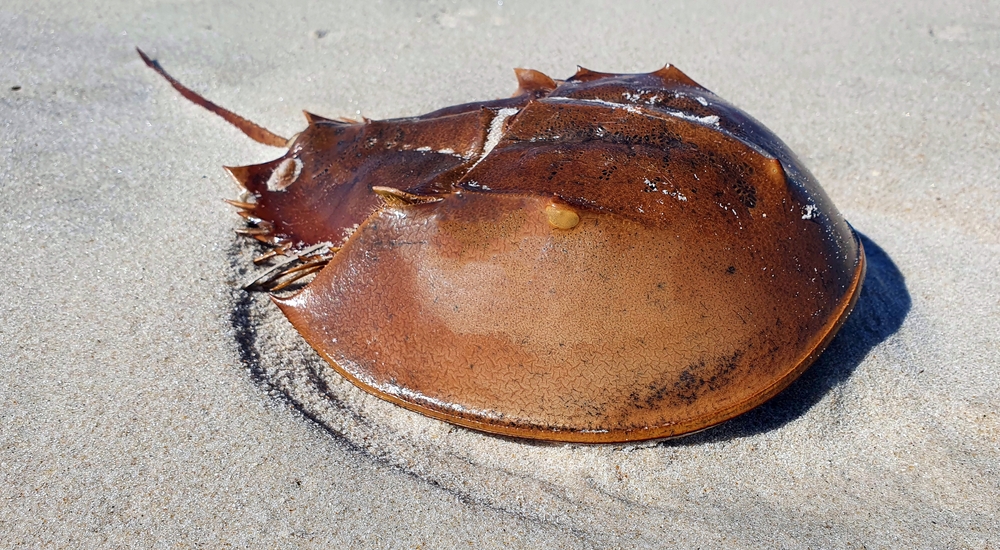
You might have seen horseshoe crabs washed up on beaches, their prehistoric look giving away their ancient origins. These fascinating creatures have been around for more than 445 million years, making them one of Earth’s earliest living organisms. Horseshoe crabs survived the catastrophic events that wiped out the dinosaurs, retaining much of their primitive anatomy over the eons. According to the National Wildlife Federation, they have remained unchanged for hundreds of millions of years, showcasing nature’s love for a good design.
With a unique body structure that seems straight out of a science fiction movie, horseshoe crabs have a hard shell shaped like a horseshoe and a long, pointed tail. Their blood is blue, a result of copper-based hemocyanin, and has unique clotting properties that are incredibly valuable to modern medicine. Despite their fearsome appearance, they are harmless scavengers, sifting through mud and sand for food. Their long history and fascinating biology make them a crucial piece of our planet’s natural heritage.
2. The Timeless Sea Sponges
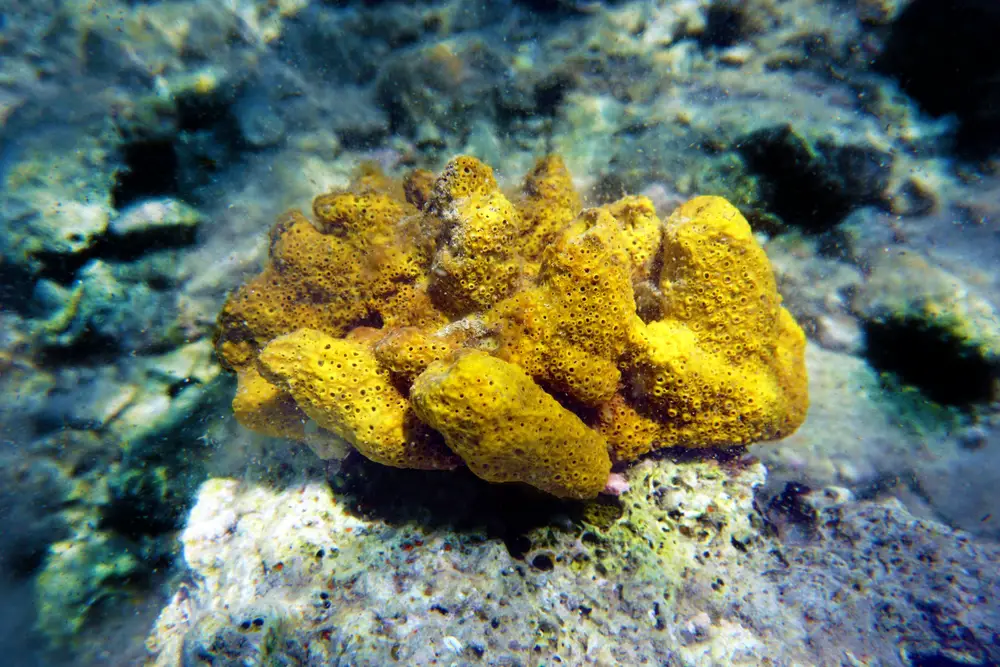
Sea sponges may appear to be simple, colorful blobs clinging to the ocean floor, but they hold a profound secret: they’ve been around for over 600 million years. This makes them some of the oldest living organisms on Earth, predating dinosaurs by a long shot. Sea sponges have thrived in various aquatic environments, from shallow waters to the deep sea, adapting to numerous changes in climate and geography. According to BBC Earth, these ancient creatures continue to play a vital role in marine ecosystems, filtering water and providing habitats for a variety of marine life.
Their simplicity is their strength; lacking organs and nervous systems, sponges rely on the flow of water through their porous bodies to obtain nutrients and oxygen. This efficient and straightforward way of life has allowed them to survive countless mass extinctions. Sea sponges have contributed significantly to scientific research, offering insights into early animal life and the evolution of multicellular organisms. Their resilience and adaptability highlight the incredible diversity and complexity of life on Earth.
3. Nautilus: The Ancient Mariner
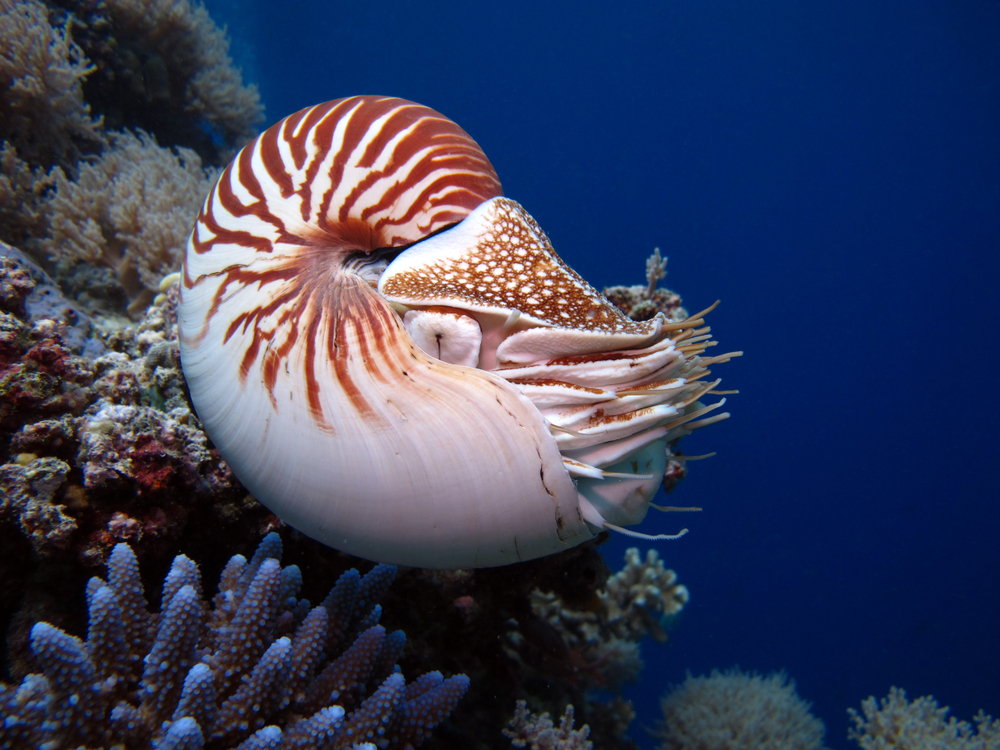
The nautilus, with its beautiful, spiraled shell, is a cephalopod that has graced our oceans for over 500 million years. These creatures are often called “living fossils” because they’ve changed so little over the millennia. Nautiluses have survived several mass extinctions, including the one that eliminated the dinosaurs, maintaining their ancient charm and mystery. The Smithsonian Ocean highlights that these intriguing animals are crucial to understanding the evolution of marine life, offering a glimpse into a world that existed long before humans.
This enigmatic sea dweller uses jet propulsion to navigate the ocean depths, retreating into its shell when threatened. Its chambered shell aids in buoyancy control, allowing the nautilus to float effortlessly. Despite its long history, the nautilus faces modern threats like overfishing and habitat destruction. Conservation efforts are vital to ensure this ancient mariner continues to grace our oceans for millennia to come.
4. Jellyfish: The Drifters of Time
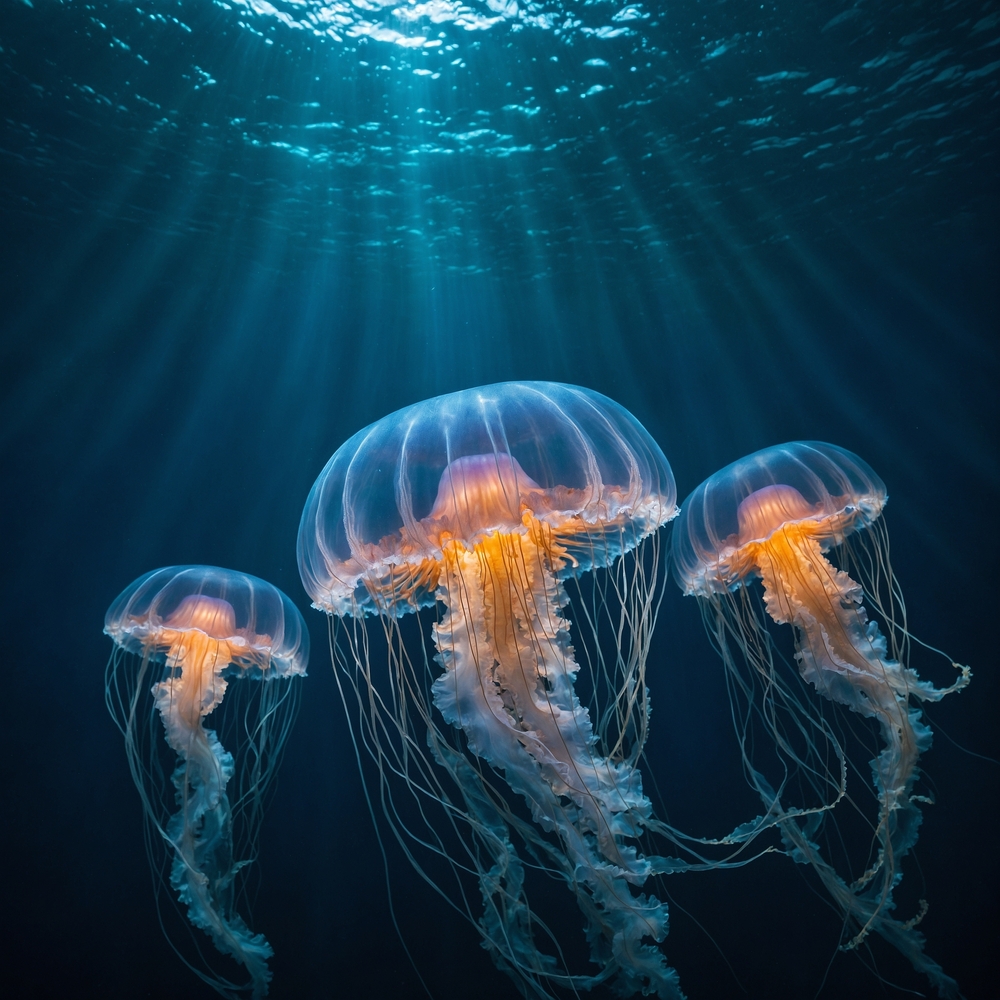
Jellyfish, with their ethereal, translucent bodies, have been drifting through the oceans for over 500 million years. These gelatinous creatures have witnessed the rise and fall of countless marine species, adapting effortlessly to changing oceanic conditions. Their simple body structure—comprised of a gelatinous bell and tentacles—has allowed them to thrive in a variety of marine environments. These creatures lack brains and hearts, yet they have survived multiple mass extinctions, including the one that wiped out the dinosaurs.
Jellyfish play a critical role in marine ecosystems, serving as both predator and prey. They stifle overpopulation by feeding on small fish and plankton, maintaining a delicate balance in the ocean. However, their numbers are on the rise due to human-induced changes like overfishing and climate change, which alter marine ecosystems in ways that favor jellyfish proliferation. Despite their ancient origins, jellyfish today continue to fascinate and perplex scientists and ocean enthusiasts alike.
5. The Resilient Lampreys
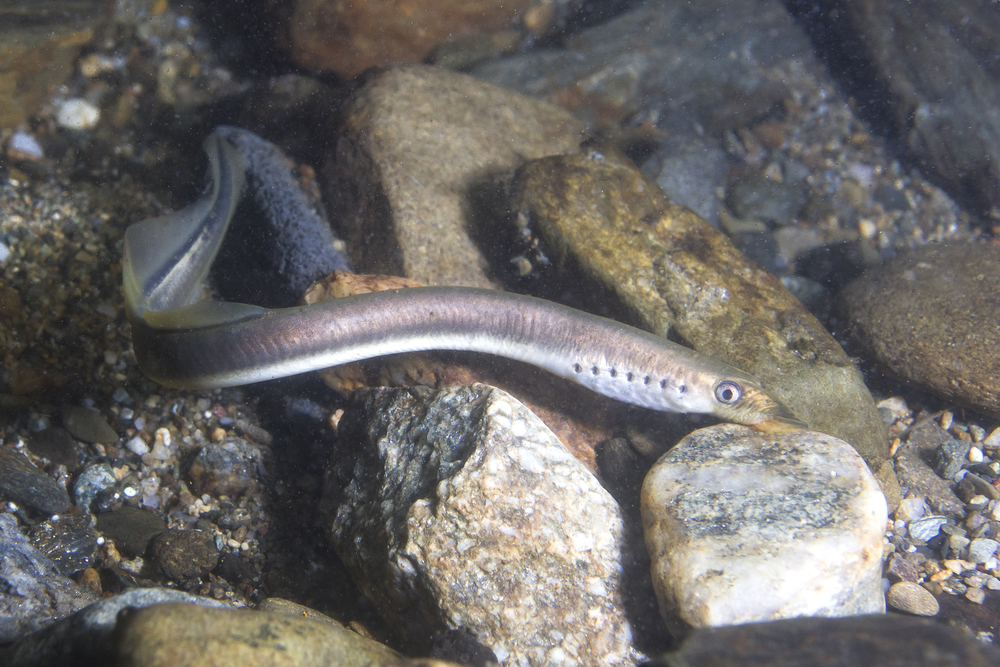
Lampreys, with their eel-like bodies and toothy, sucker mouths, have been swimming in Earth’s waters for over 360 million years. Often mistaken for eels, lampreys are jawless fish whose ancestry stretches far beyond the age of dinosaurs. These ancient parasitic creatures have survived numerous evolutionary changes and environmental shifts, securing their place in the tapestry of life. They attach themselves to other fish, feeding on blood and bodily fluids, a lifestyle that has proven effective over the millennia.
Their tenacity and adaptability are remarkable, showcasing an evolutionary strategy that emphasizes survival over complexity. Lampreys are fascinating to scientists because they provide insights into the early evolution of vertebrates. Despite their long history, lampreys face modern threats such as habitat loss and water pollution. Efforts to preserve their habitats are essential to ensuring these ancient survivors continue to thrive.
6. The Ancient Brachiopods
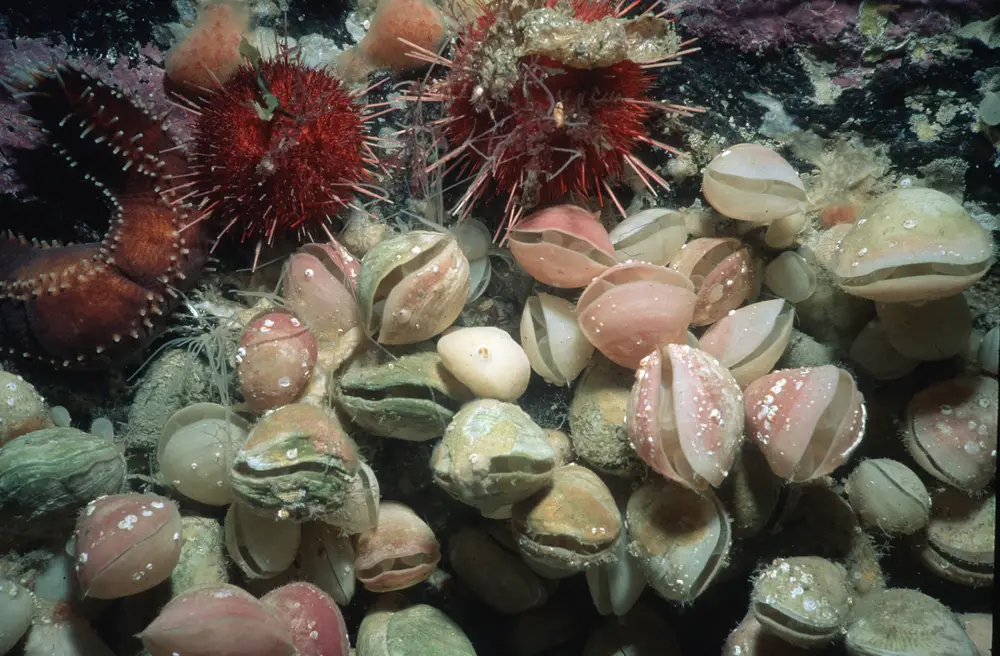
Brachiopods may not win any popularity contests in the animal kingdom, but they’ve been around for over 500 million years. These marine animals look somewhat like clams, with two shells and a hinge, but they’re a completely different group with a unique evolutionary history. Brachiopods dominated the shallow seas long before the dinosaurs roamed, playing an essential role in early marine ecosystems. Their fossil records offer valuable insights into ancient marine environments and evolutionary processes.
Despite their ancient origins, modern brachiopods are relatively rare, with only a few hundred species surviving today. Their decline is attributed to changes in oceanic conditions and competition from other marine animals. However, their resilience over such a vast span of history is a testament to their evolutionary adaptability. Studying brachiopods helps scientists understand the changes that have shaped our planet’s biodiversity over eons.
7. Sharks: The Ocean’s Apex Predators
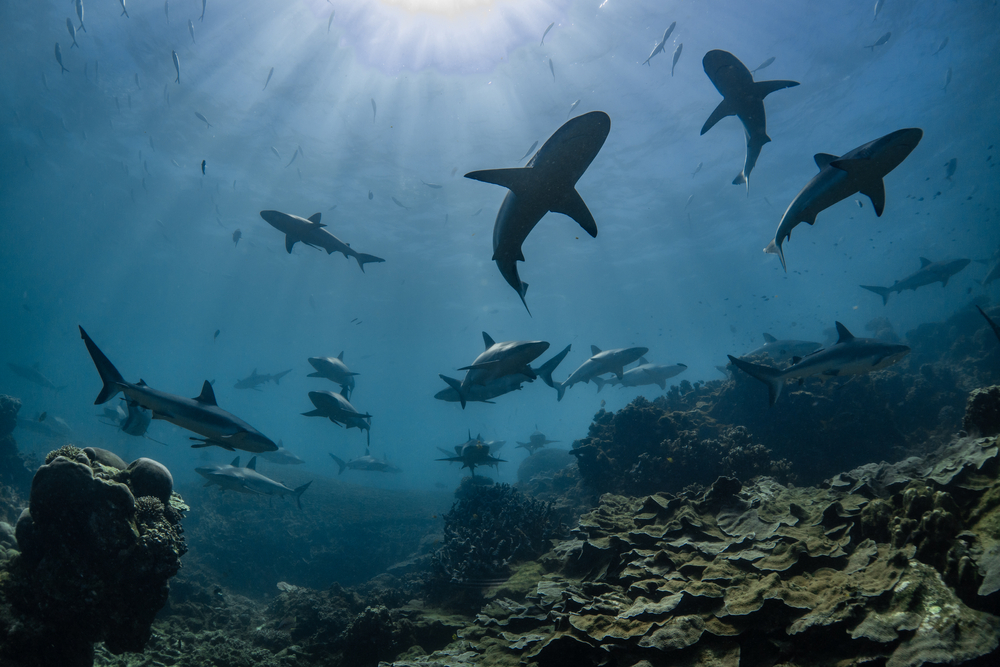
Sharks have prowled the oceans for over 400 million years, long before the age of dinosaurs. These formidable predators have adapted through the ages, evolving into a diverse array of species that play crucial roles in marine ecosystems. Sharks’ skeletons are made of cartilage rather than bone, lending them remarkable flexibility and strength. This ancient lineage has survived multiple mass extinctions, honing their predatory skills to perfection.
From the tiny dwarf lantern shark to the massive whale shark, these creatures continue to captivate our imagination with their power and grace. Despite their fearsome reputation, many shark species are now threatened by human activities such as overfishing and habitat destruction. Conservation efforts are critical to ensuring the survival of these ancient apex predators. Sharks offer a fascinating glimpse into the evolutionary history of marine life and the delicate balance of oceanic ecosystems.
8. Trilobites: The Pioneers of the Seas
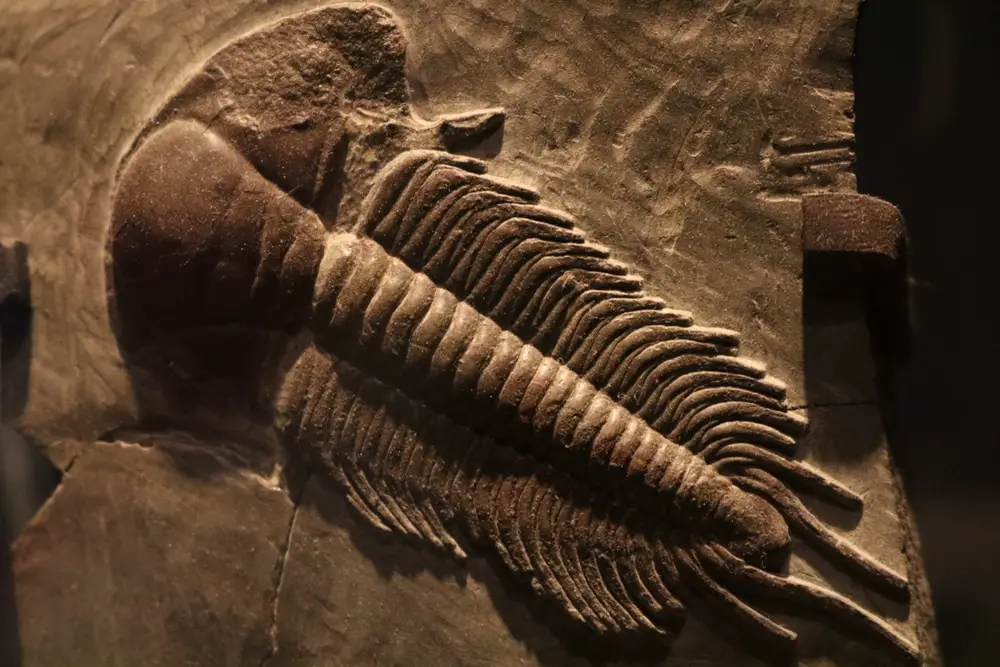
Though trilobites are long extinct, they ruled the oceans for over 270 million years, far predating the dinosaurs. These arthropods were among the first complex life forms on Earth, paving the way for the evolution of more advanced species. With segmented bodies and hard exoskeletons, trilobites thrived in various marine environments, leaving behind a rich fossil record that provides insights into early marine life. Their diversity was immense, with thousands of species adapted to different ecological niches.
Trilobites’ extinction around 252 million years ago was part of the end-Permian extinction, the most severe extinction event in Earth’s history. However, their legacy lives on through the fossilized remnants that continue to intrigue scientists. Studying trilobites helps researchers understand the evolutionary history of arthropods and the environmental changes that have shaped life on Earth. Though they are no longer with us, their impact on evolutionary biology is profound.
9. Crocodiles: The Survivors
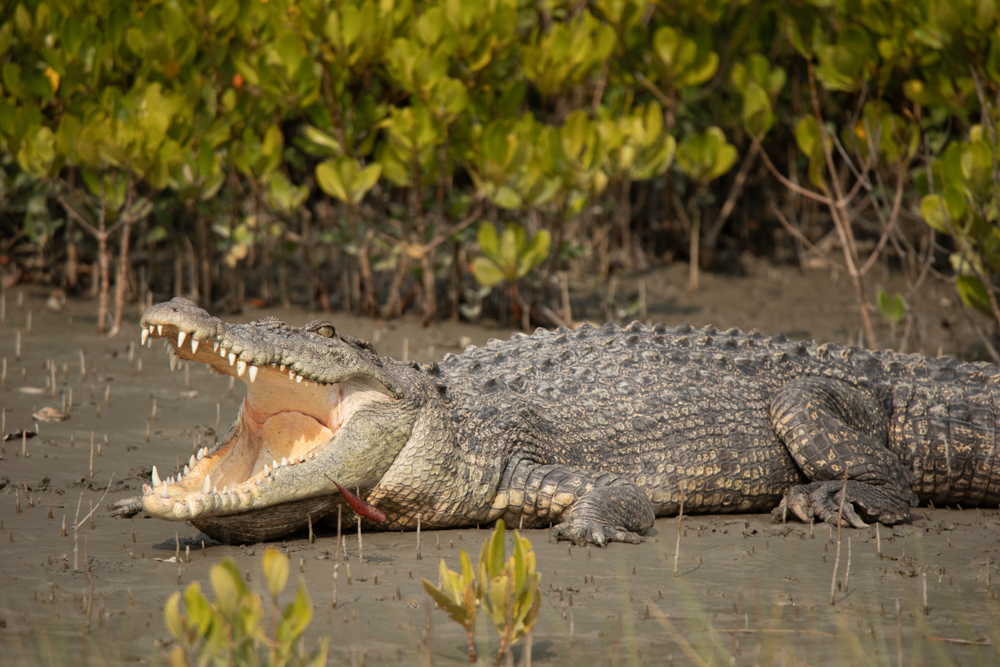
Crocodiles, with their powerful jaws and armored bodies, have existed for over 240 million years. These ancient reptiles have witnessed the rise and fall of dinosaurs, emerging as one of the few groups to survive the catastrophic extinction event that ended the Mesozoic Era. Crocodiles have undergone remarkably little change over the millennia, closely resembling their prehistoric ancestors. Their adaptations, such as a powerful bite and efficient swimming capabilities, have ensured their survival through changing climates and environments.
Today, crocodiles inhabit tropical regions across the globe, serving as apex predators in their ecosystems. They play a crucial role in controlling populations of aquatic and terrestrial prey, maintaining ecological balance. Despite their fearsome nature, many crocodile species are threatened by habitat loss and illegal hunting. Conservation efforts are vital to protect these ancient predators and their habitats for future generations.
10. Coelacanths: The “Living Fossil” Fish
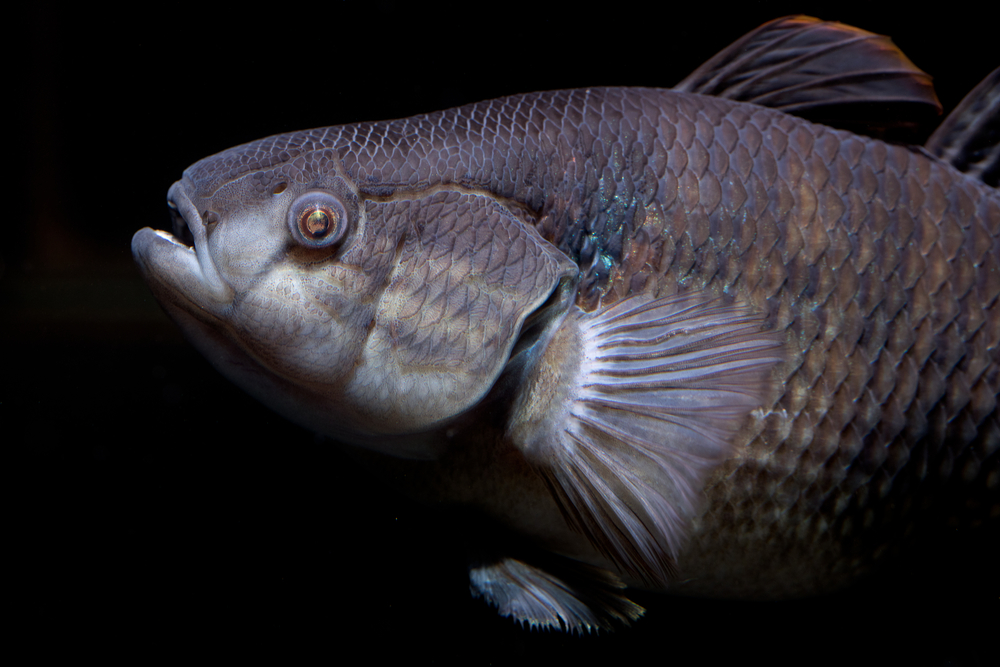
Coelacanths were believed to have gone extinct along with the dinosaurs until a live specimen was discovered off the coast of South Africa in 1938. These deep-sea fish have been around for over 400 million years, making them one of the oldest lineages of lobe-finned fish. Coelacanths possess unique limb-like fins that reveal crucial evolutionary links between fish and terrestrial vertebrates. Their discovery was a groundbreaking moment in biology, challenging previous assumptions about extinction and survival.
Living in the depths of the ocean, coelacanths have remained relatively unchanged, making them a fascinating subject for evolutionary study. Researchers continue to learn from their unique anatomy and genetics, uncovering insights into vertebrate evolution. Despite their ancient lineage, coelacanths face challenges from deep-sea fishing and habitat disturbance. Protecting these extraordinary fish is essential for understanding the history of life on our planet.
